-
Executive Summary
-
Scope of the Report
-
Market Definition
-
Scope of the Study
- Research Objectives
- Assumptions & Limitations
-
Market Structure
-
Market
-
Research Methodology
-
Research Process
-
Secondary Research
-
Primary Research
-
Forecast Model
-
Market Landscape
-
Supply Chain Analysis
-
Raw Material Suppliers
-
Manufacturers/Producers
-
Distributors/Retailers/Wholesalers/E-Commerce
-
End Users
-
Porter’s Five Forces Analysis
- Threat of New Entrants
- Bargaining Power of Buyers
- Bargaining Power of Suppliers
- Threat of Substitutes
- Internal Rivalry
-
Market Dynamics
-
of the Global Flavanones Market
-
Introduction
-
Drivers
-
Restraints
-
Opportunities
-
Challenges
-
Global Flavanones
-
Market, by Type
-
Introduction
-
Hesperidin
- Market Estimates
- Market Estimates & Forecast, by Region,
-
& Forecast, 2020-2027
-
Naringenin
- Market Estimates & Forecast, 2020-2027
- Market Estimates & Forecast, by Region, 2020-2027
-
Others
- Market Estimates & Forecast, 2020-2027
- Market Estimates &
-
Forecast, by Region, 2020-2027
-
Global Flavanones Market, by Application
-
Introduction
-
Functional Food & Beverages
- Market Estimates
- Market Estimates & Forecast, by Region,
-
& Forecast, 2020-2027
-
Animal Feed
- Market Estimates & Forecast, 2020-2027
- Market Estimates & Forecast, by Region, 2020-2027
-
Pharmaceuticals
- Market Estimates & Forecast, 2020-2027
-
& Nutraceuticals
-
Market Estimates & Forecast, by Region, 2020-2027
-
Others
- Market Estimates & Forecast,
-
Market Estimates & Forecast, 2020-2027
-
by Region, 2020-2027
-
Global Flavanones Market, by Region
-
Introduction
-
North America
- Market Estimates & Forecast, 2020-2027
-
Market Estimates & Forecast, by Type, 2020-2027
-
& Forecast, by Application, 2020-2027
-
& Forecast, 2020-2027
-
Market Estimates
-
US
-
Market Estimates
-
Market Estimates & Forecast, by Type,
-
Market Estimates & Forecast, by Application, 2020-2027
-
Canada
-
Market Estimates & Forecast, 2020-2027
-
Market Estimates & Forecast, by Type, 2020-2027
-
& Forecast, by Application, 2020-2027
-
Estimates & Forecast, 2020-2027
-
by Type, 2020-2027
-
& Forecast, by Application, 2020-2027
-
Estimates & Forecast, 2020-2027
-
by Type, 2020-2027
-
Estimates & Forecast, by Application, 2020-2027
-
Market Estimates & Forecast, 2020-2027
-
by Type, 2020-2027
-
Estimates & Forecast, by Application, 2020-2027
-
Estimates & Forecast, 2020-2027
-
by Type, 2020-2027
-
Market Estimates
-
Mexico
-
Market
-
Market Estimates & Forecast,
-
Market Estimates & Forecast, by Application,
-
Europe
- Market Estimates & Forecast, 2020-2027
- Market Estimates & Forecast, by Type, 2020-2027
- Market Estimates
- Germany
- France
- Italy
- Spain
- UK
- Rest of Europe
-
Market Estimates & Forecast, by Application, 2020-2027
-
Asia-Pacific
- Market Estimates & Forecast, 2020-2027
- Market Estimates &
- Market Estimates & Forecast, by Application,
- China
- India
- Japan
- Australia & New
- Rest of Asia-Pacific
-
Forecast, by Type, 2020-2027
-
Estimates & Forecast, by Application, 2020-2027
-
Market Estimates & Forecast, 2020-2027
-
by Type, 2020-2027
-
Estimates & Forecast, by Application, 2020-2027
-
Zealand
-
Estimates & Forecast, by Type, 2020-2027
-
Forecast, by Application, 2020-2027
-
Market Estimates & Forecast, 2020-2027
-
by Type, 2020-2027
-
Rest of the World (RoW)
- Market Estimates & Forecast,
- Market Estimates & Forecast, by Type, 2020-2027
-
Market Estimates & Forecast, by Application, 2020-2027
-
& Forecast, by Type, 2020-2027
-
by Application, 2020-2027
-
Forecast, 2020-2027
-
Africa
-
Estimates & Forecast, by Type, 2020-2027
-
Forecast, by Application, 2020-2027
-
South America
-
Market Estimates & Forecast, 2020-2027
-
Market Estimates
-
Market Estimates & Forecast,
-
Middle East
-
Market Estimates &
-
Market Estimates & Forecast, by Type, 2020-2027
-
Market Estimates & Forecast, by Application, 2020-2027
-
Market Estimates & Forecast, 2020-2027
-
Market
-
Market Estimates &
-
Company Landscape
-
Introduction
-
Market Strategy
-
Key Development Analysis
-
(Expansions/Mergers
-
& Acquisitions/Joint Ventures/New Product Developments/Agreements/Investments)
-
Company Profiles
-
Cayman Chemical
- Company Overview
- Financial Updates
- Product/Business Segment Overview
- Key Developments
- SWOT Analysis
-
Strategy
-
Merck
- Company Overview
- Financial Updates
- Product/Business
- Strategy
- Key Developments
-
KGaA
-
Segment Overview
-
SWOT Analysis
-
Monteloeder
- Company Overview
- Financial
- Product/Business Segment Overview
- Strategy
- Key Developments
- SWOT Analysis
-
Updates
-
Chengdu Hawk Bio-Engineering
- Company Overview
- Financial Updates
- Strategy
- Key Developments
- SWOT Analysis
-
Co. Ltd
-
Product/Business Segment Overview
-
KINGHERBS
- Company Overview
- Product/Business Segment Overview
- Strategy
- Key Developments
- SWOT Analysis
-
Financial Updates
-
Bolise Co., Limited
- Company Overview
- Financial Updates
- Product/Business
- Strategy
- Key Developments
-
Segment Overview
-
SWOT Analysis
-
Xi'an App-Chem Bio (Tech) Co. Ltd
- Company Overview
- Financial Updates
- Product/Business Segment Overview
- Key Developments
- SWOT Analysis
-
Strategy
-
Foodchem
- Company Overview
- Financial Updates
- Product/Business Segment Overview
- Strategy
- SWOT Analysis
-
International Corporation
-
Key Developments
-
Extrasynthese
- Company
- Financial Updates
- Product/Business Segment Overview
- Strategy
- Key Developments
- SWOT Analysis
-
Overview
-
INDOFINE Chemical Company, Inc.
- Company Overview
- Product/Business Segment Overview
- Key Developments
- SWOT Analysis
-
Financial Updates
-
Strategy
-
Conclusion
-
LIST OF TABLES
-
Global Flavanones Market, by Region, 2020–2027
-
(USD Million)
-
Global Flavanones Market, by Type, 2020–2027 (USD
-
Million)
-
Global Flavanones Market, by Application, 2020–2027
-
(USD Million)
-
North America: Flavanones Market, by Country, 2020–2027
-
(USD Million)
-
North America: Flavanones Market, by Type, 2020–2027
-
(USD Million)
-
North America: Flavanones Market, by Application, 2020–2027
-
(USD Million)
-
US: Flavanones Market, by Type, 2020–2027 (USD
-
Million)
-
US: Flavanones Market, by Application, 2020–2027 (USD
-
Million)
-
Canada: Flavanones Market, by Type, 2020–2027 (USD
-
Million)
-
Canada: Flavanones Market, by Application, 2020–2027
-
(USD Million)
-
Mexico: Flavanones Market, by Type, 2020–2027
-
(USD Million)
-
Mexico: Flavanones Market, by Application, 2020–2027
-
(USD Million)
-
Europe: Flavanones Market, by Country, 2020–2027
-
(USD Million)
-
Europe: Flavanones Market, by Type, 2020–2027
-
(USD Million)
-
Europe: Flavanones Market, by Application, 2020–2027
-
(USD Million)
-
Germany: Flavanones Market, by Type, 2020–2027
-
(USD Million)
-
Germany: Flavanones Market, by Application, 2020–2027
-
(USD Million)
-
France: Flavanones Market, by Type, 2020–2027
-
(USD Million)
-
France: Flavanones Market, by Application, 2020–2027
-
(USD Million)
-
Italy: Flavanones Market, by Type, 2020–2027
-
(USD Million)
-
Italy: Flavanones Market, by Application, 2020–2027
-
(USD Million)
-
Spain: Flavanones Market, by Type, 2020–2027
-
(USD Million)
-
Spain: Flavanones Market, by Application, 2020–2027
-
(USD Million)
-
UK: Flavanones Market, by Type, 2020–2027 (USD
-
Million)
-
UK: Flavanones Market, by Application, 2020–2027 (USD
-
Million)
-
Rest of Europe: Flavanones Market, by Type, 2020–2027
-
(USD Million)
-
Rest of Europe: Flavanones Market, by Application,
-
Asia-Pacific: Flavanones Market, by
-
Country, 2020–2027 (USD Million)
-
Asia-Pacific: Flavanones Market,
-
by Type, 2020–2027 (USD Million)
-
Asia-Pacific: Flavanones Market,
-
by Application, 2020–2027 (USD Million)
-
China: Flavanones Market,
-
by Type, 2020–2027 (USD Million)
-
China: Flavanones Market,
-
by Application, 2020–2027 (USD Million)
-
India: Flavanones Market,
-
by Type, 2020–2027 (USD Million)
-
India: Flavanones Market,
-
by Application, 2020–2027 (USD Million)
-
Japan: Flavanones Market,
-
by Type, 2020–2027 (USD Million)
-
Japan: Flavanones Market,
-
by Application, 2020–2027 (USD Million)
-
Australia & New
-
Zealand: Flavanones Market, by Type, 2020–2027 (USD Million)
-
Table 38
-
Australia & New Zealand: Flavanones Market, by Application, 2020–2027
-
(USD Million)
-
Rest of Asia-Pacific: Flavanones Market, by Type, 2020–2027
-
(USD Million)
-
Rest of Asia-Pacific: Flavanones Market, by Application,
-
Rest of the World (RoW): Flavanones
-
Market, by Country, 2020–2027 (USD Million)
-
Rest of the World
-
(RoW): Flavanones Market, by Type, 2020–2027 (USD Million)
-
Table 43
-
Rest of the World (RoW): Flavanones Market, by Application, 2020–2027 (USD
-
Million)
-
South America: Flavanones Market, by Type, 2020–2027
-
(USD Million)
-
South America: Flavanones Market, by Application, 2020–2027
-
(USD Million)
-
Middle East: Flavanones Market, by Type, 2020–2027
-
(USD Million)
-
Middle East: Flavanones Market, by Application, 2020–2027
-
(USD Million)
-
Africa: Flavanones Market, by Type, 2020–2027
-
(USD Million)
-
Africa: Flavanones Market, by Application, 2020–2027
-
(USD Million)
-
LIST OF FIGURES
-
Global Flavanones Market Segmentation
-
Forecast Research Methodology
-
Five Forces Analysis of the
-
Global Flavanones Market
-
Value Chain of the Global Flavanones Market
-
Share of the Global Flavanones Market in 2020, by Country (%)
-
FIGURE
-
Global Flavanones Market, by Region, 2020-2027,
-
Global Flavanones
-
Market Size, by Type, 2020
-
Share of the Global Flavanones Market,
-
by Type, 2020-2027 (%)
-
Global Flavanones Market Size, by Application,
-
Share of the Global Flavanones Market, by Application, 2020-2027
-
(%)

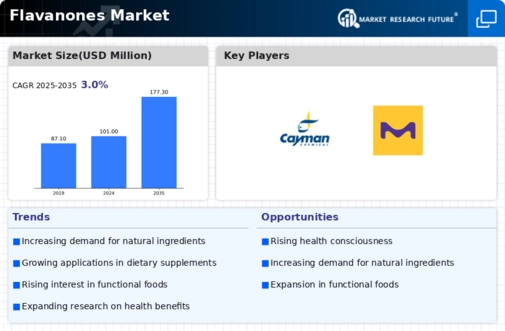
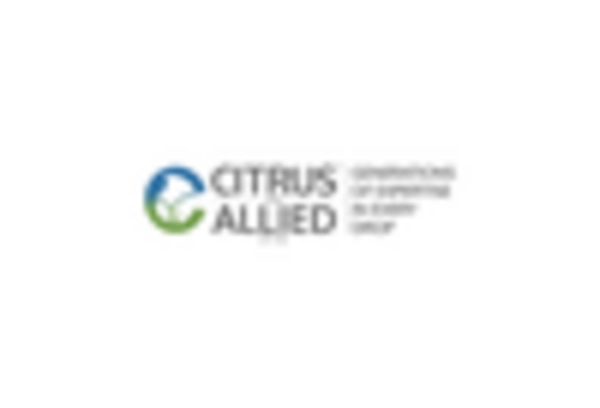
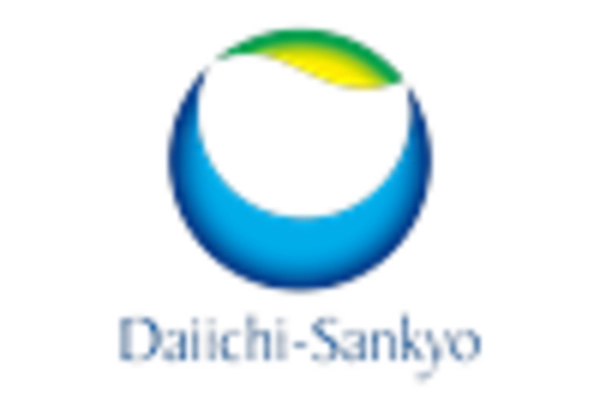
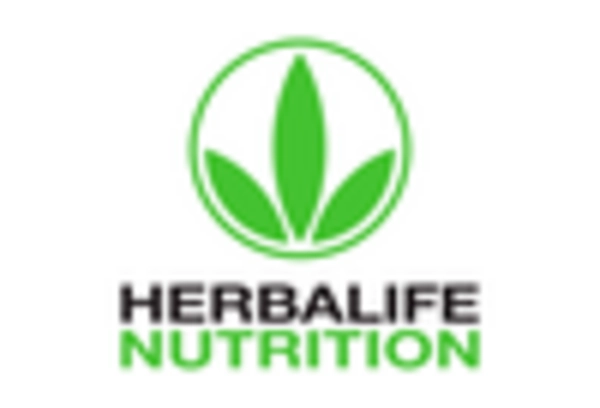

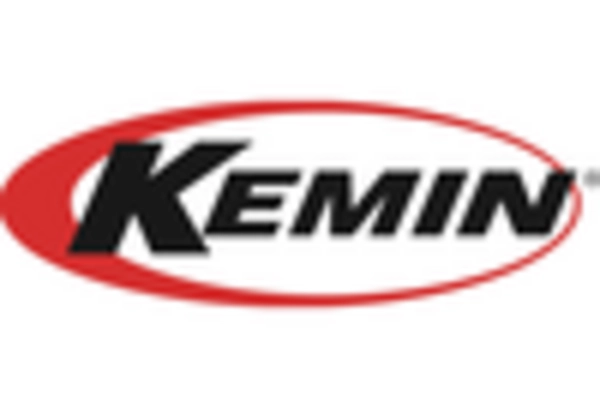
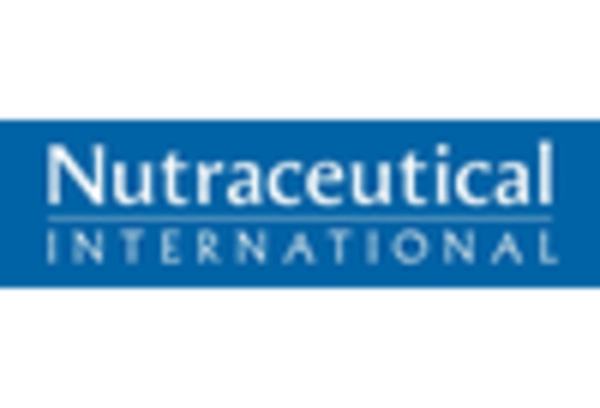









Leave a Comment